ALEA GLOBAL GROUP






The FIFA World Cup 2022 in Qatar was a triumph of sporting prowess, yes, but it was also a momentous show of hospitality and ambition from the Arab world
On top of other public-facing developments welcoming international visitors, such as the Red Sea Film Festival in Saudi Arabia and Expo 2020 in Dubai, the Gulf is making quite a show of opening up to the world like never before
As a Kuwait-based family office with friends and networks all over the world, we are very aware of the importance of sharing the knowledge and culture of our countries with the rest of the world, and the rewards that come from doing so
We expect that 2023 will bring even greater trade and collaboration between the Gulf and other regions, with a continued push for international tourism – particularly cultural tourism – to grow in Arab countries
Included in this issue is a look back at the World Cup and what Qatar was able to do to showcase its culture and history as well as represent the Arab world, through hosting the competition
We also look at the rapid progress made by women in Saudi Arabia and how this ties in with the levelling up of the country through its 2030 Vision
Also contained within is a look at China and its
FOREWORD BY MOHAMMAD AL DUAIJ 2closing down and reopening, and what that has meant for the world of business
There is also a look at 2023's consumer trends; an interview with celebrated film producer Gaston Pavlovich; developments in groundbreaking environmental projects; a health revolution from the Omere Institute; a dive into nootropics; the tiny-house movement explained; the 20th anniversary of Miami Art Week; and the pros and cons of virtual production
To share your ideas or news of your own please don't hesitate to get in touch In the meantime
we hope you see you at one or more of our forthcoming events
As ever you can contact me at info@aleaglobalgroup.com
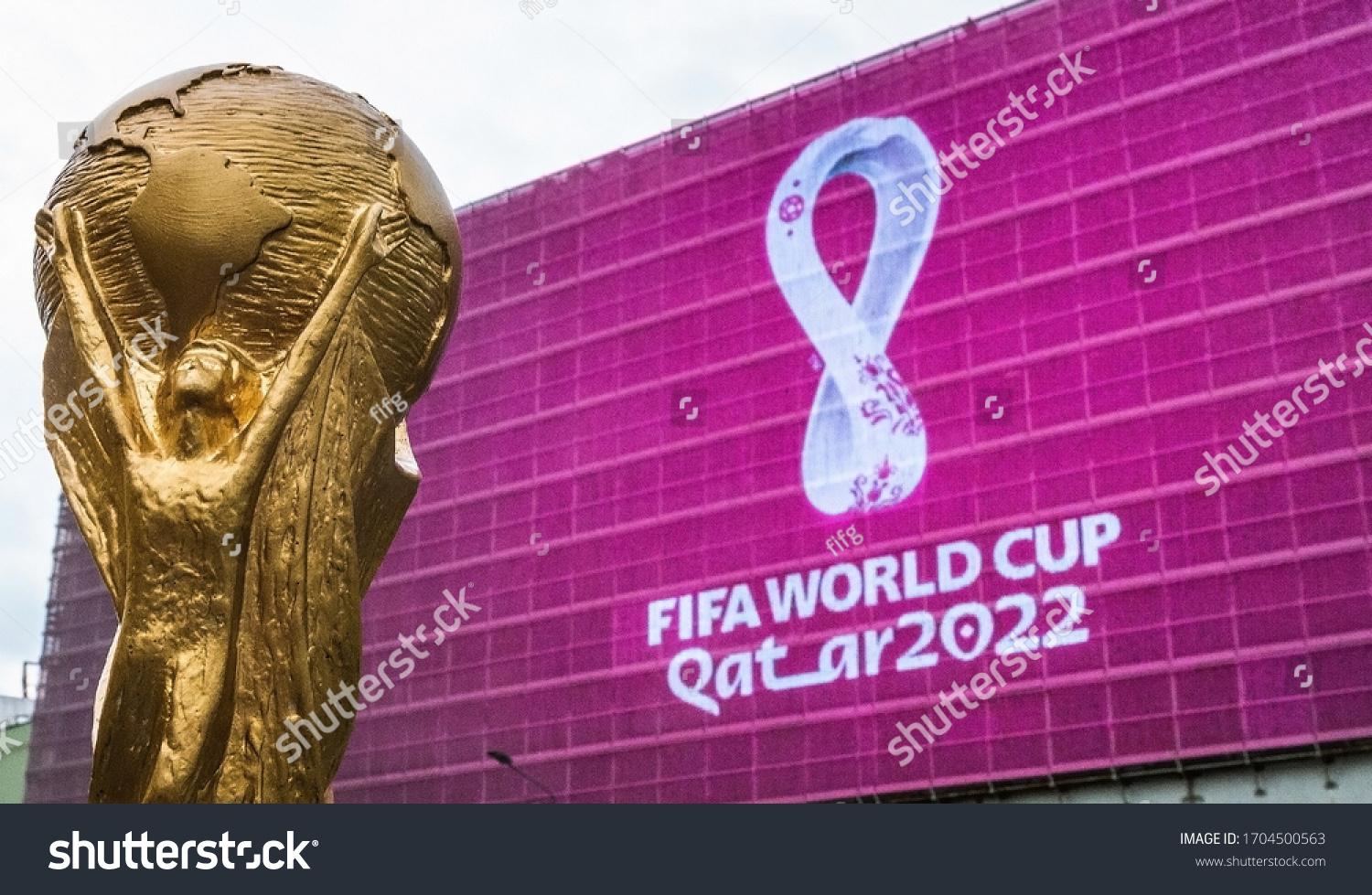
All eyes have been on Qatar in recent months as curiosity and concern ramped up about just how this small country would handle the influx of fans and press from around the world for 2022 s World Cup competition
By now, much criticism has been directed towards Qatar for many elements of its World Cup story and more – from its winning of the hosting bid, to the building of its venues, and its stance on LGBT issues
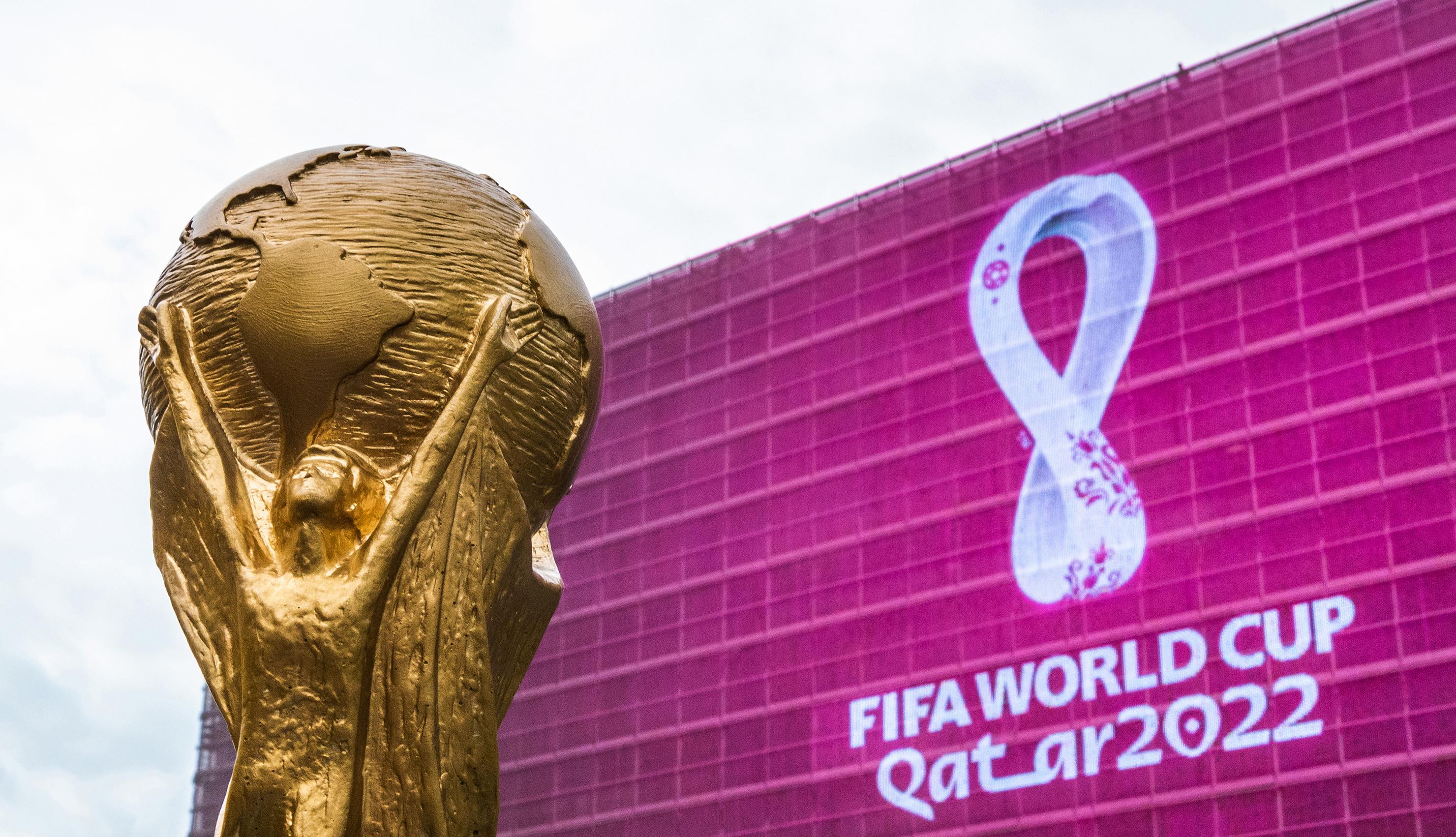
Much insightful news and comment has been written and continues to be written about these issues, and one thing is for certain: Qatar has had much negativity to combat with their curation and delivery of this competition
Even without the bad press the potential culture clashes were going to be a huge challenge. So the
team curating the event had a very difficult and high-stakes task
Among Qatar s motives for launching their bid were to highlight the country’s offer to the world with sport as the ultimate platform What else but a major sporting event could bring the country this much attention around the world?
And what have they done so far with this attention to attempt to turn a PR nightmare around?
Fatma Samoura, FIFA’s secretary general, has said: “No matter your race, your religion, your social and sexual orientation, you are most welcome and Qataris are ready to receive you with the best hospitality that you can imagine.”
And it’s clear that through every element of this event the team delivering the Qatar competition were promoting this sentiment, while treading a fine line between creating a welcoming atmosphere for visitors, showcasing the country’s culture and heritage, and even directly answering some of the criticism it has faced The team tasked with this project were also representing the first ever Arab nation to host the World Cup – and the first ever single city to host it – just to add further weight to their considerable load
The opening ceremony and cultural programme were overtly stating that inclusion was at the core of this event In one of the most shared moments of the opening ceremony Hollywood A-lister Morgan Freeman and World Cup ambassador Ghanim Al Muftah converse about the importance of inclusion and mutual respect, hammering home that football is for everyone and that Qatar welcomed everyone
In another world first, Ghanim Al Muftah recited a verse from the Qur’an, one carefully chosen to reflect a message of diversity: ‘O humanity! Indeed, We created you from a male and a female and made you into peoples and tribes so that you may know one another. Surely the most noble of you in the sight of Allah is the most righteous among you Allah is truly All-Knowing, AllAware ’
A varied official soundtrack for 2022’s event included international superstars, but among the songs was 'Light The Sky', which featured four of the famous Arab female singers Emirati singer Balqees Moroccan-Canadian Nora Fatehi Rahma Riad from Iraq and Manal from Morocco
The song was a nod to the female referees taking part in the event this year and had a video by Qatari filmmaker Amal Al Moftah
Qatar’s distinct identity shone through many more elements of the competition For example the exterior of the Al Bayt Stadium was designed to mimic a traditional Bedouin tent, and the World Cup mascot La’eeb was a cheerful and distinctly Arabic figure The opening ceremony mixed international talent with an al-Ardha sword dance performance, and traditional dress and music Meanwhile the programme of music festivals fans could attend throughout the competition had lineups that would draw crowds anywhere in the world
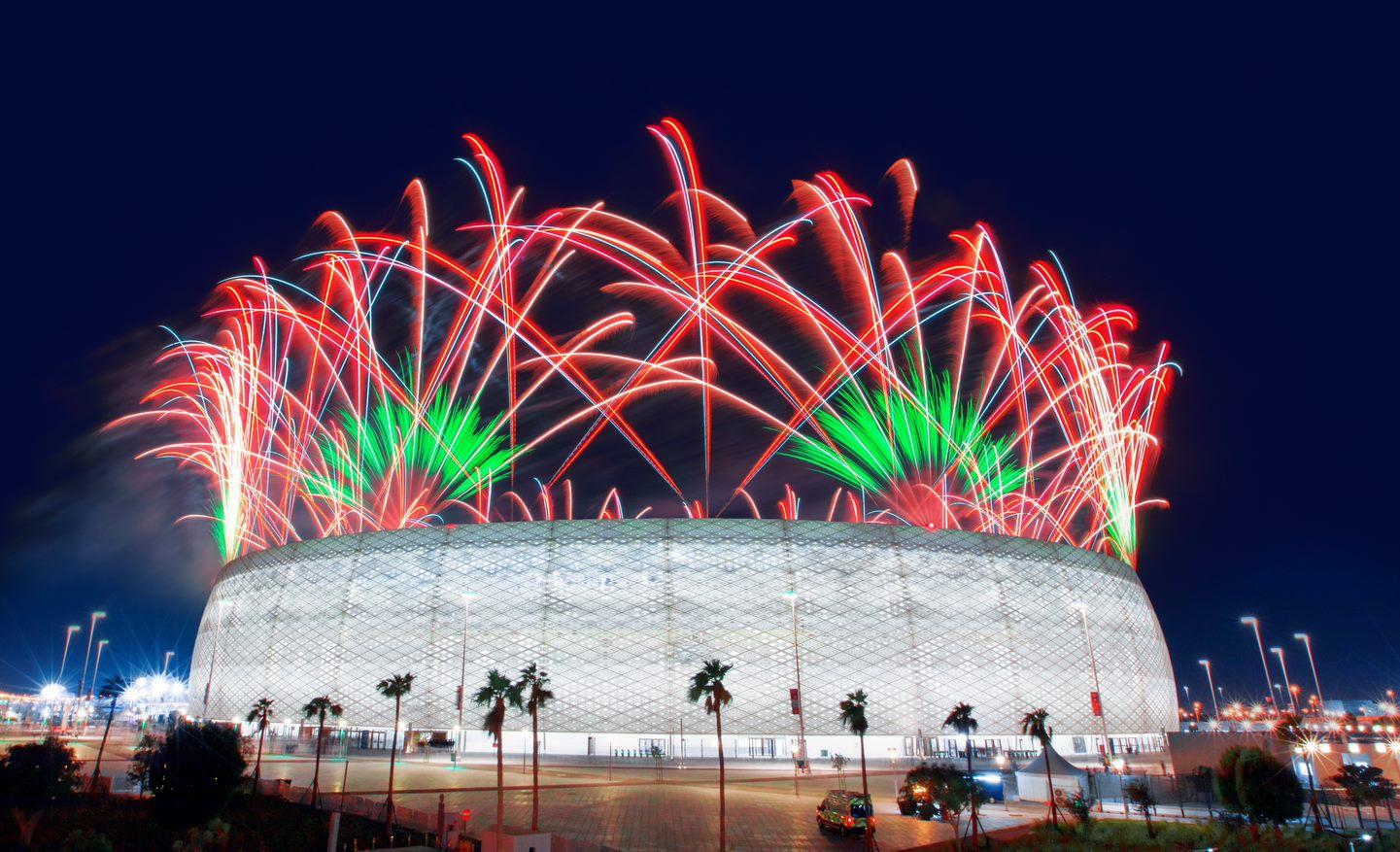

And of course at the end of the competition there was the now famous photograph of Lionel Messi dressed in a ceremonial bisht raising the World Cup in glory as the captain of the winning team Argentina Giving him this garment to wear was completely befitting the occasion and his status as one of the best players ever to grace the field
At Alea Global Group we were watching with interest to see whether the team responsible for Qatar’s cultural offer at the World Cup could present an event that had beauty value and resonance for Qataris and also for the visiting nations
In this respect we congratulate the team for their success, and for making the entire Gulf region proud of their momentous achievement on the global stage

The global image of Saudi Arabia as a place where women are second class citizens is in flux
With the country’s 2030 Vision being implemented across a wide range of elements of life in Saudi, the empowerment of women is one clear goal being worked towards
These are not vague platitudes but clear targets covering business, social and legal domains.
From raising women ’ s labour-force participation from 22% to 30%, equalizing their rights to choose where they live and criminalizing gender discrimination the Vision 2030 is laying the foundations for women to achieve and contribute alongside men in the workplace The Vision has set a target to create 1 million jobs for women and is taking a multi-pronged approach to making this happen
For example, pregnant women can no longer be fired for being pregnant, retirement ages are equal for men and women, and new positions have been created to encourage women into the public sector
The results of these changes can already be seen, as women run with their new-found freedom
A fifth of entrepreneurs in Saudi Arabia are now women, and women entered the construction and manufacturing industries in their thousands in 2020 when the laws preventing them from doing so were abolished
Saudi s 2030 Vision was launched in 2016, but even before this point change was in the air, setting the tone for this key part of the program. In 2006 women were able to receive their ID cards without the approval of a guardian, and in 2009 the first Saudi female athletes took their places at the Olympic Games and first female minister took her place in Government followed by women ’ s right to vote and to stand in municipal elections in 2015
Since the launch of the Vision, women have been allowed into sports stadiums permitted to get a driving license without a guardians’ permission, and to travel without a male guardian once they reach the age of 21
Women have the choice to serve in the military if they wish and in a further meaningful display of intent 13 women have also been appointed to the Kingdom’s Human Rights Council where they make up half of the board’s members
An entrepreneur from Oman has taken an international prize for a project that could tackle climate change
Talal Hasan’s project, 44 01, turns carbon dioxide into rock – specifically peridotite, which is native to Oman as well as being found around the world

Through 44 01’s process excess CO2 can be stored into rock form instead of making its way into the air and damaging the climate
This revolutionary discovery won the Fix Our Climate award at the prestigious Earthshot Prize ceremony in Boston USA. The Earthshot Prize is an annual awards ceremony from the Prince of Wales, and honors notable projects that are tackling environmental issues
Prince William handed out the awards to five winners chosen from a shortlist of 15, at the second star-studded annual event since the competition began last year Judges from the worlds of science,
Winners receive $1 2 million in funding to further develop their plans, and the competition will continue until 2030 in an effort to promote projects that can help to change the world
44 01 was started by two friends from Oman, who now want to scale the project to see how much good they can do for the environment
Current methods of storing carbon include burying it in disused oil wells underground but this new method could prove even more costeffective and useful, by creating a new resource from the by-product
Talal hopes to use this new process to store billions of tonnes of CO2 around the world, removing it from the atmosphere and helping to tackle the problem of climate change at the same time
 a
a
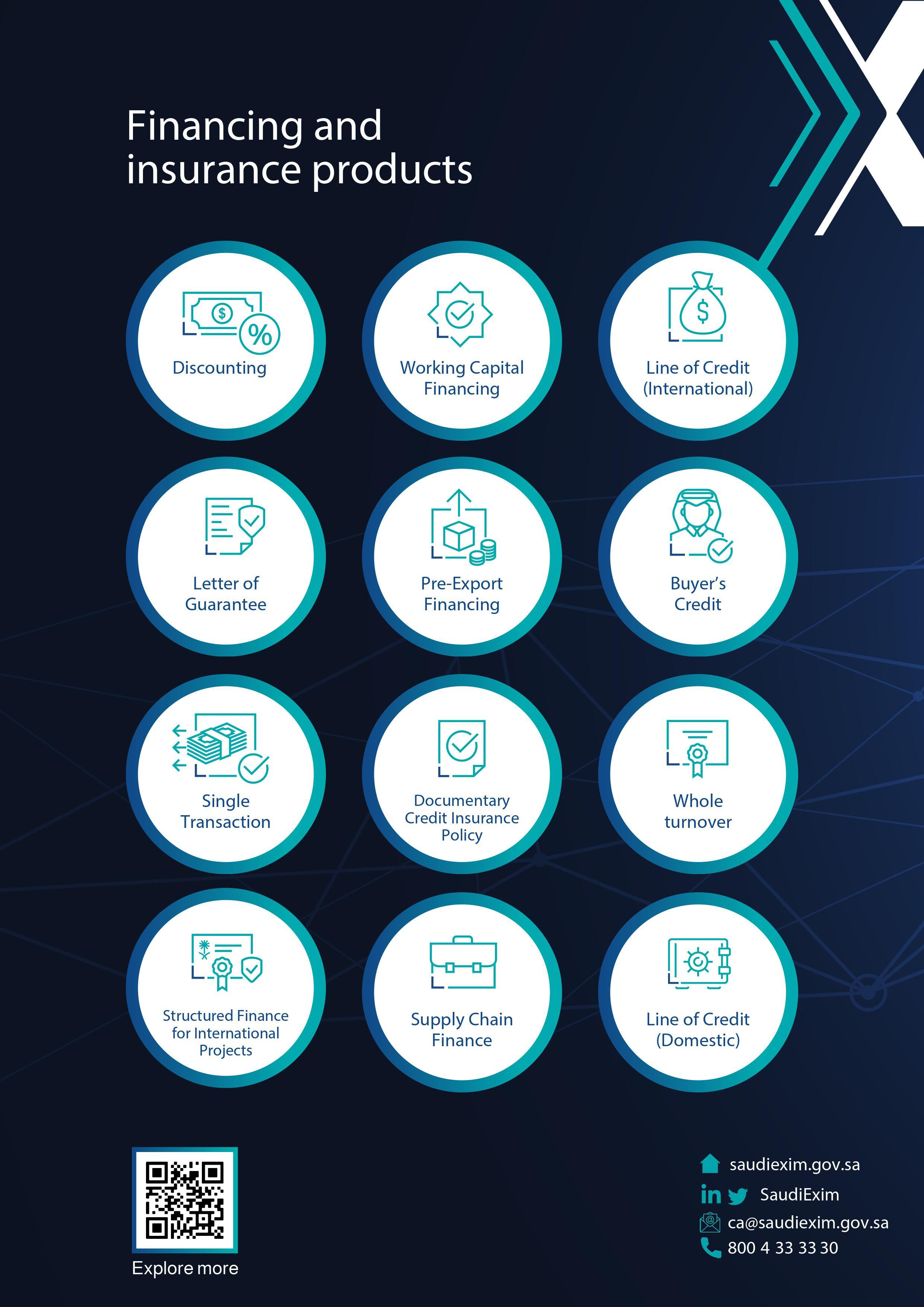 a
a
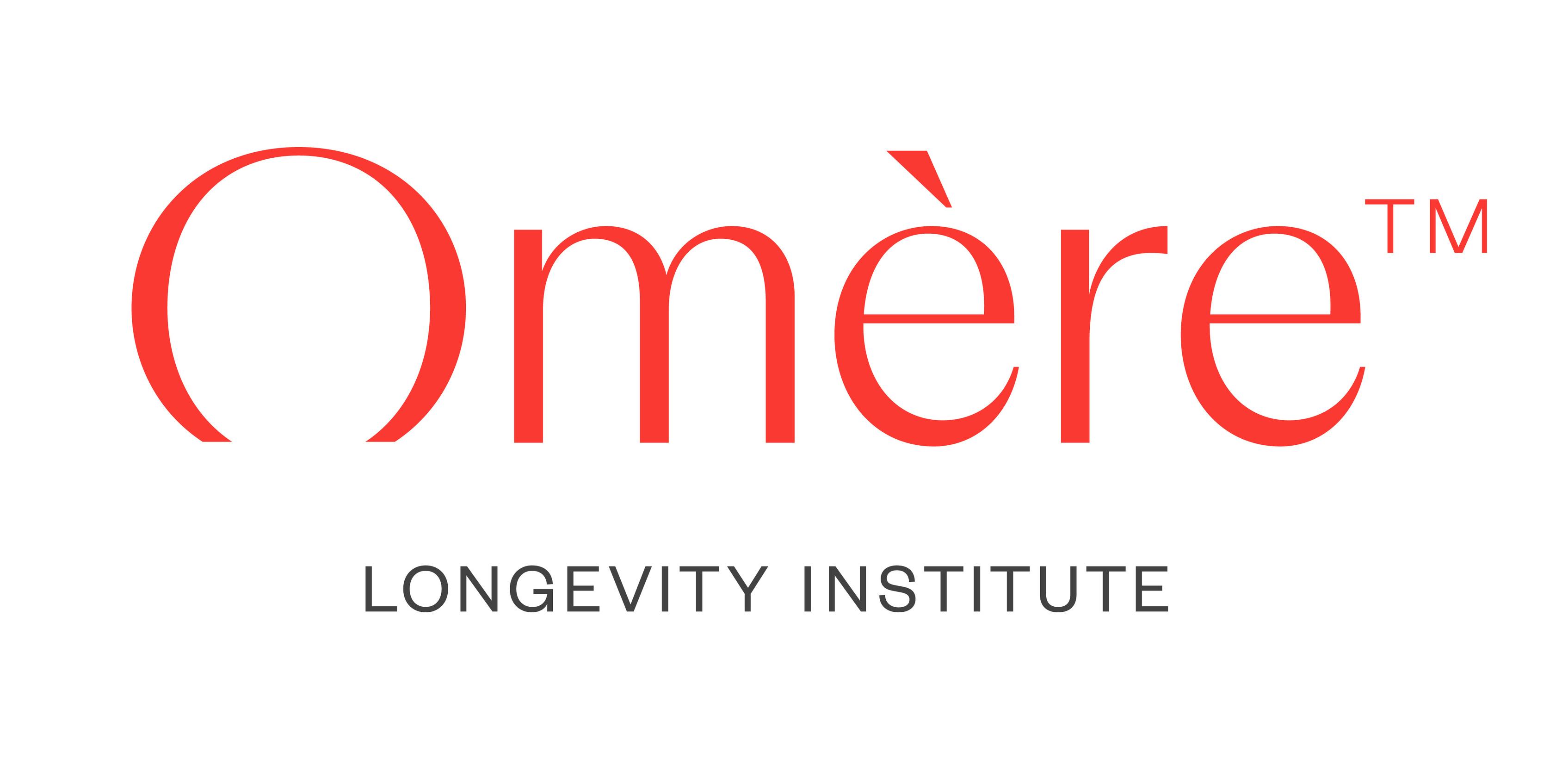
Abdulla Al Gurg had found himself in the depths of bad health, both physically and mentally, at the age of 37 After 15 years of running his family business – Easa Saleh Al Gurg Group (ESAG) – and traveling all over the world, he had hit rock bottom
He suffered from a near-fatal stroke, and was partially paralyzed meaning he had to use a wheelchair On top of this, he had several markers for cancer further threatening his life This all led to severe depression and he sought help through established medical routes
When those established medical routes failed to help him, Abdulla began to look elsewhere for help He found a team of experts who
specialized in a completely different form of healthcare, and with their help he was back to his best ever form within a year and a half
Having experienced a transformation of body and mind, and reduced his biological age by six years, Abdulla wanted to share these methods with others, and overhaul physical and mental health as we know it It was then that he established the Omere Longevity Institute
Now with labs in Germany, Italy and Switzerland, the organisation is taking all the practical learning that helped Abdulla to get back to health, and making it available to others
The Omere Institute practices preventative and anti-ageing medical treatment using innovation, technology and organic healing to heal both body and mind
The Institute has two divisions – Omere Health and Omere Youth Among their current clients are high-net-worth business leaders like Abdulla himself, as well as athletes, entertainers, and royalty
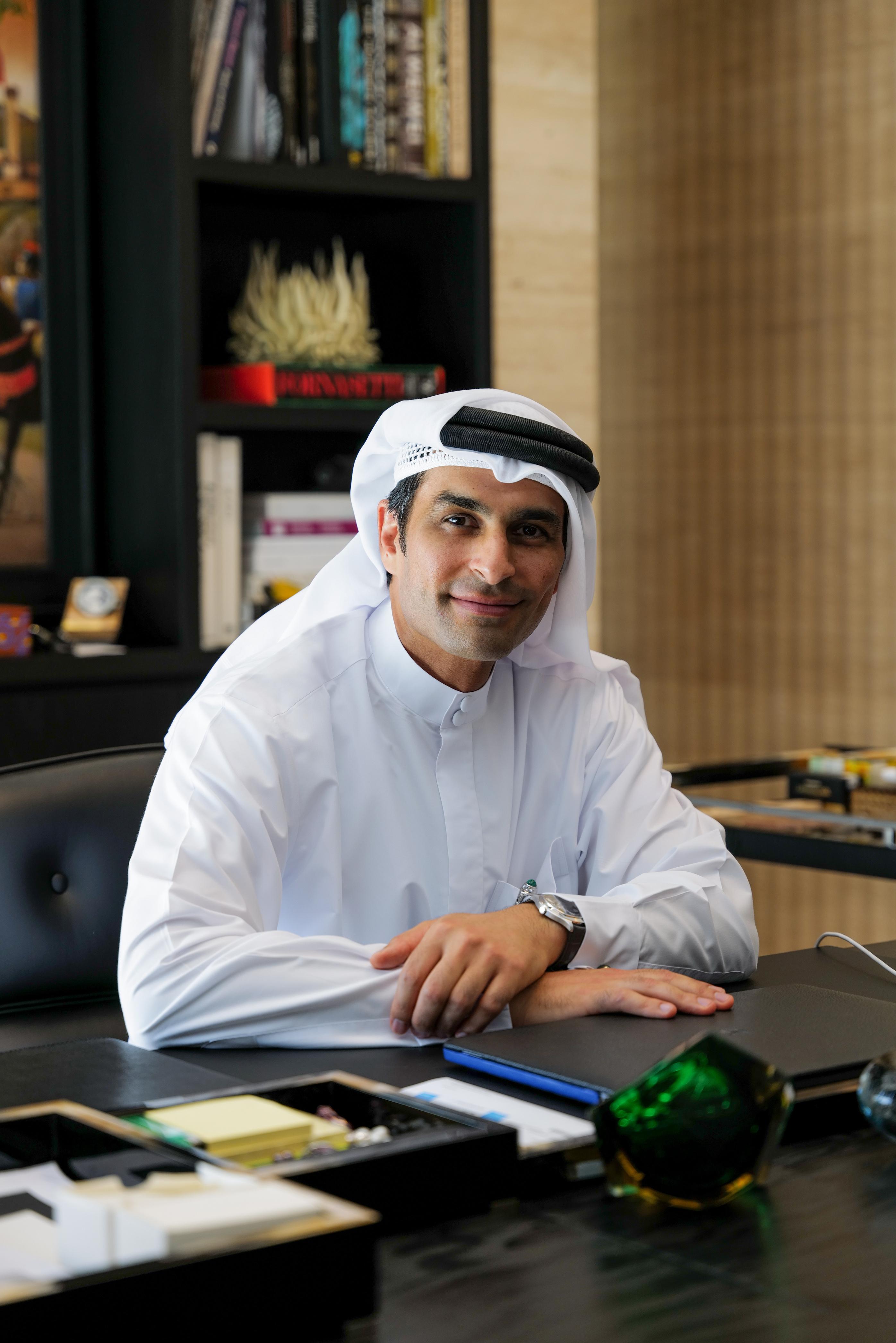
With a focus on peak wellness rather than simply fixing issues when they arise, the Institute works with people on a medium to long term basis using a form of elementology to tackle health issues aging and even fertility
This science-based approach has measurable results, although the details are under wraps to all but those within the program
There is a three-part process to treatment; first the diagnostics, which is an in-person visit from the Omere team to assess each patient This is followed by the clinical phase with hands-on treatment, and then the ‘university’ with online learning and support.
Treatments are holistic and personalized to each individual, and with the resources available right now the team can treat a maximum of around 90 people per year through their team of 18 doctors
Abdulla hopes to expand this, however The Omere Charity Foundation has been set up to help widen the reach of the Omere Institute’s work and Abdulla believes it is the future of healthcare and should be available to as many people as possible Find out more at the Omere Linkedin page

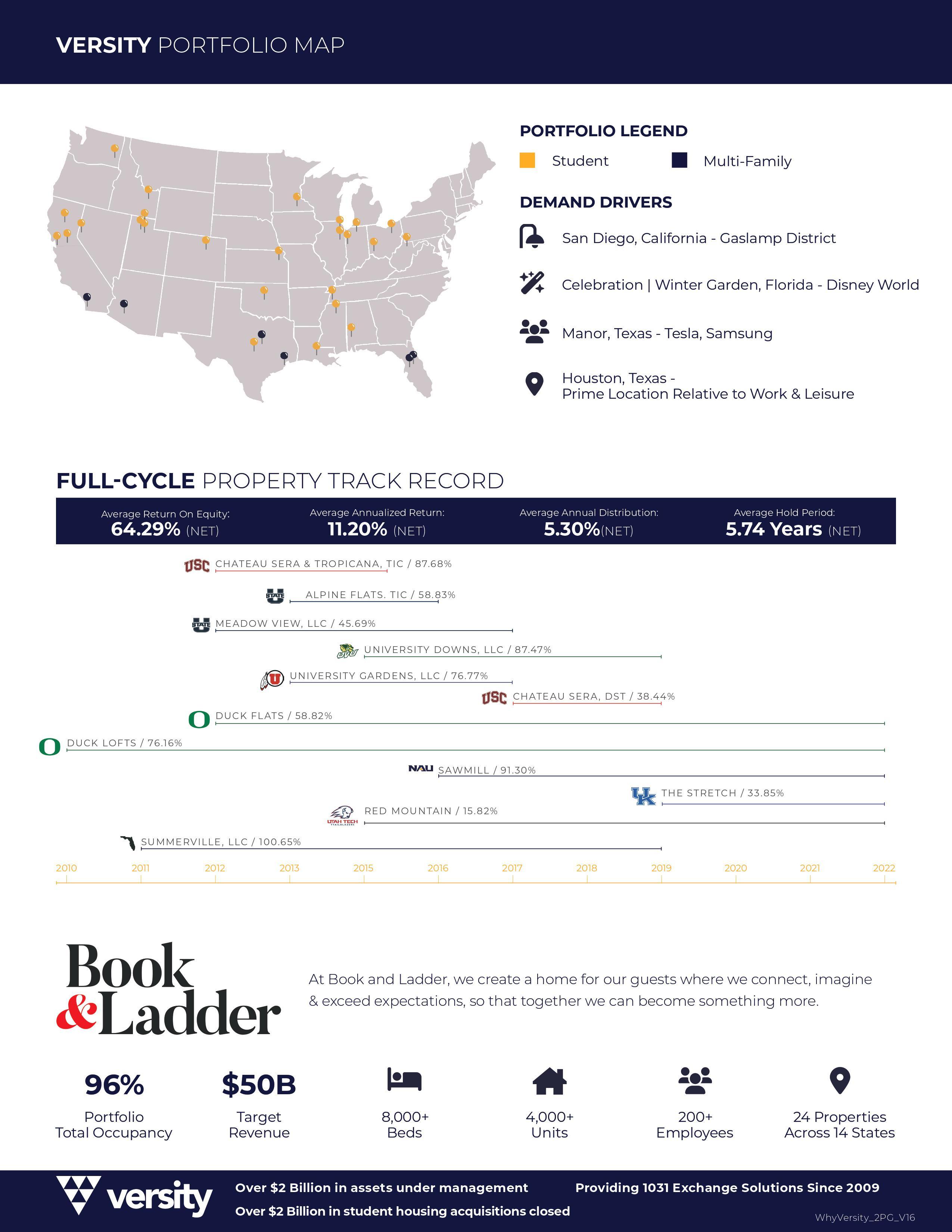
consumer behavior this year. Here are just some of the forthcoming trends and growth areas we can expect to see dominating 2023 according to the experts, so we can all be prepared to take advantage of developments.
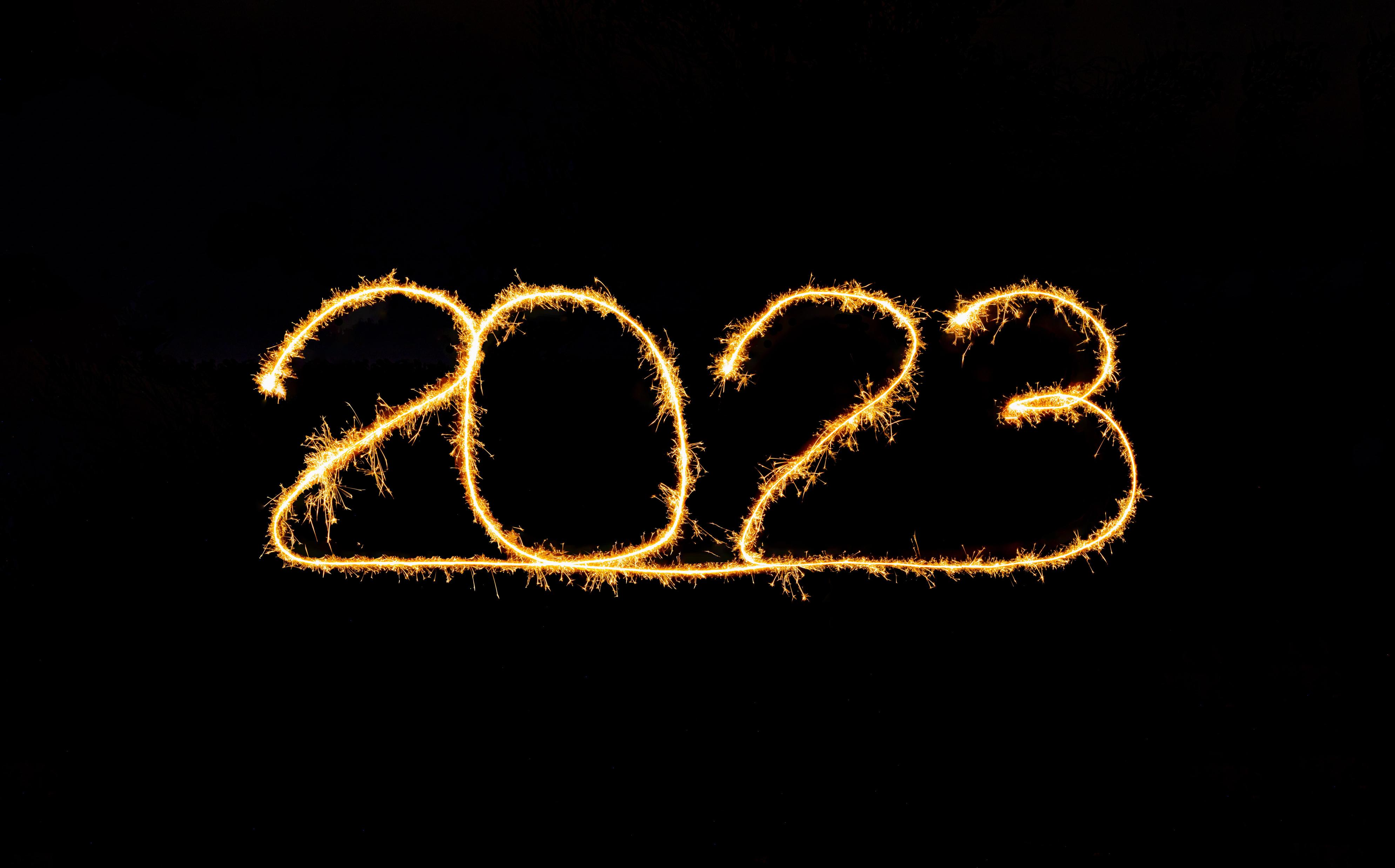
As we have observed over the last two years, the rapid transformation of analogue products and services into digital ones can happen at a rapid pace and this is looking certain to continue over the next year
Businesses adopting digital transformation are moving personalized assessments online for anything from mental health to furniture repair and vocational training By making services digital that were once in-person appointments, businesses can save time and money as well as creating a more flexible and convenient service for their customers
Not just a ‘nice to have’ but a clear strategy of governments around the world, a focus on sustainability is now a must for businesses who want to remain on the good side of regulations in many countries
This means building sustainability targets into their business plans and day-to-day operations, looking for ways to improve their activities at every stage
Tied in, in many ways, to digital transformation, the rise of AI means allowing computer learning to take on tasks that would previously have been assigned to people This might mean product owners and users, who are now able to program devices in their homes such as lights, central heating and vacuum cleaners
to learn and repeat daily patterns It also extends to functions such as online customer services which increasingly use chatbots to help customers, cutting out the need to employ a real life agent in many cases This of course, saves companies money and – as long as the chatbots are able to adapt and learn – helps customers in much the same way as a real agent
The genie is out of the bottle as far as remote working is concerned, and companies have realized that they don’t always need their employees in the office in order to be productive
This saves money on overheads and, in many cases, increases employee satisfaction by removing the need for an unpaid commute to work It also offers a more flexible work-life balance This is particularly true of hybrid working, where employees and employers can have the best of both worlds, with staff coming into the office sometimes and working from home at other times.
Hand-in-hand with remote working is a rise in freelancing and entrepreneurship This kind of work empowers individuals to make their own schedules and, in theory, earn an unlimited amount of money rather than a regular wage There are countless online resources and influencers claiming to teach people how to start their own business and earn large amounts of money by doing so working in areas like email marketing, training and cryptocurrency
As 2023 rolls around, we should know by now to be prepared for anything! But there are thankfully enough analysts with enough expertise to confidently predict the kinds of trends we’re likely to see in business and in
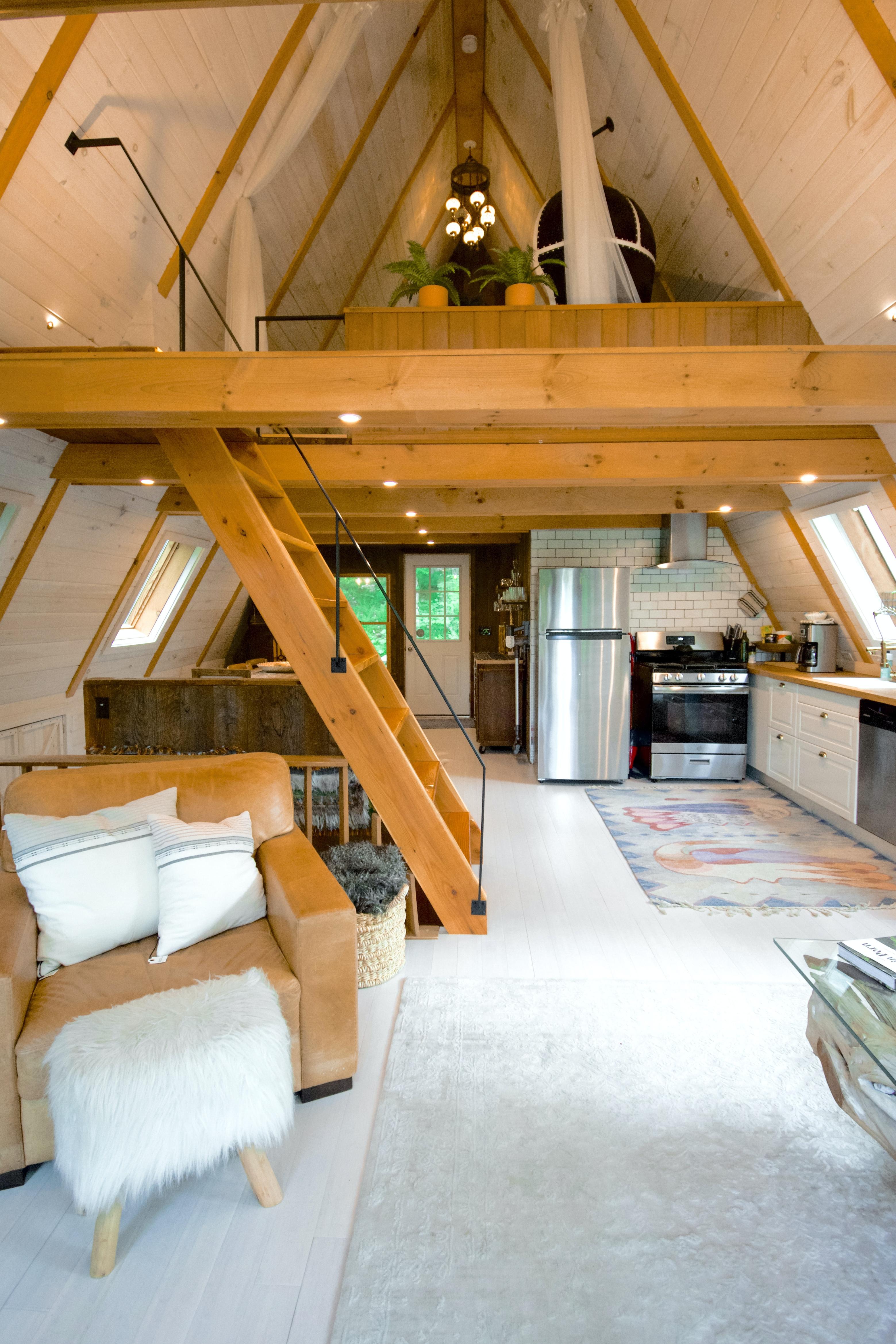
Anyone who has spent time on Instagram scrolling home and lifestyle content will no doubt have noticed a trend gathering pace over the last few years Alongside the #vanlife photos and videos of people refurbishing their mini vans to turn them into liveable spaces, and driving them around beautiful landscapes, there are also the not-toodissimilar tiny houses
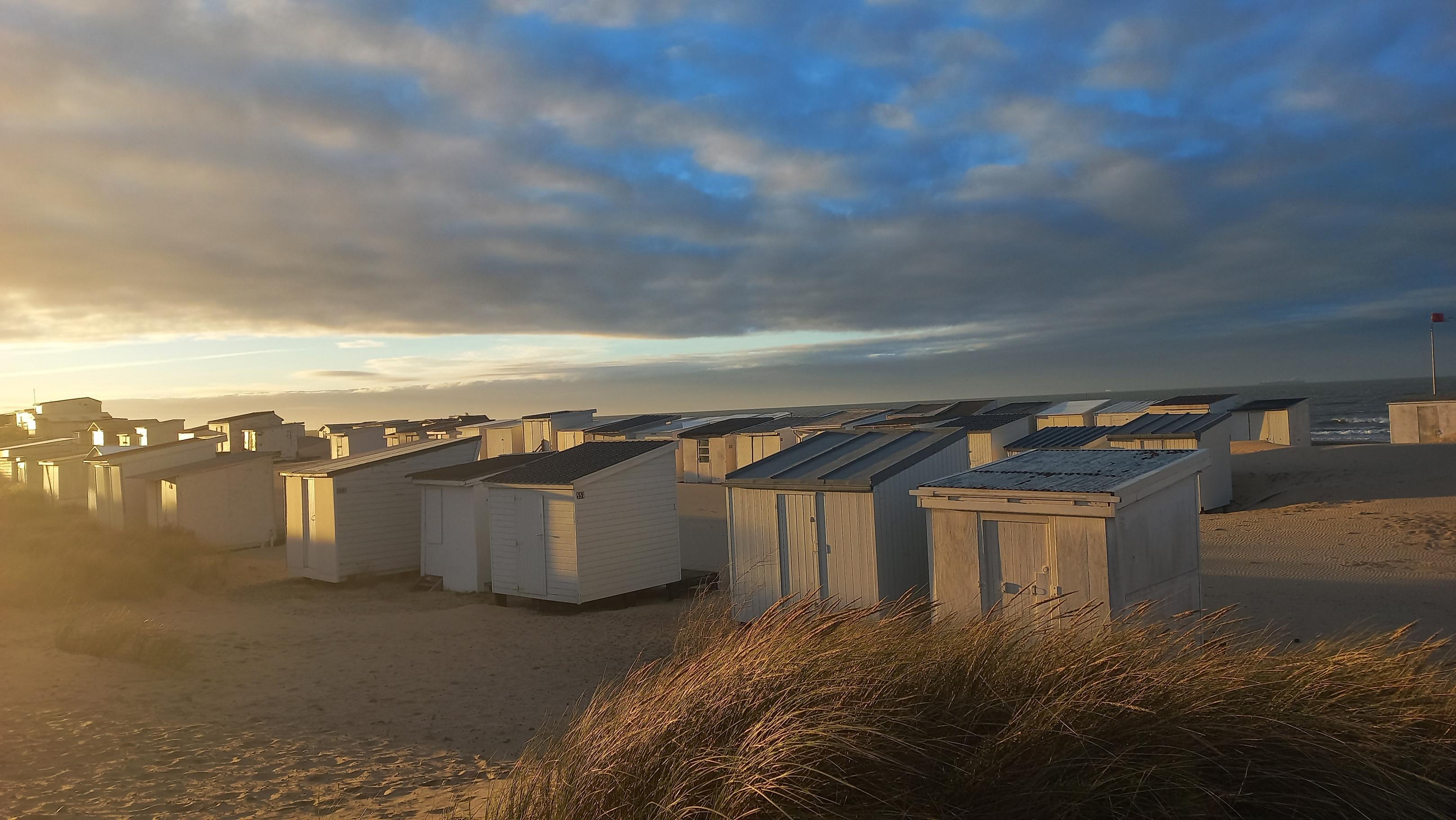
Tiny houses are so called because, as you might expect, they are scaled down homes significantly more compact than any regular abode The 2018 International Residential Code, defines a tiny house as a ‘dwelling unit with a maximum of 37 square meters (400 sq ft) of floor area excluding lofts’
But what makes tiny houses so interesting is that they re usually without foundations, built from lightweight and inexpensive materials, and in some cases are even on wheels so they can be attached to cars or vans and driven around
For generations who can’t afford their own home, those who want to live off-grid, those who want to live a minimalist or eco-conscious lifestyle, or those who are seeking a home they can relocate at will tiny houses offer a fascinating and worthy solution.
With houses in the United States growing to an average of 247 3 square meters in 2013, the tiny house movement is a rebellious alternative to the modern trend of increasing floor space In many ways it is a return to a time before modern building techniques and lifestyles, harking back to shacks, single-storey buildings and rural living in a time before cities
The tiny house lifestyle concept is thought to have begun in the 1970s as a counterculture movement with various books being written on the idea In 1999 Jay Schafer created the first plans for a tiny house on wheels via the Tumbleweed House Company and later the Four Lights Tiny House Company in 2012
Global recessions in 2007-2009 popularized the concept further, offering an affordable way to own one ’ s own home But the tiny house still remained a relatively low-key form of dwelling in the US, despite America being the country in which the tiny house movement is most prevalent Only 1% of homes sold in the US are smaller than 93 square meters, but those who choose tiny houses are so vocal and fascinate so many people that there are now a huge number of TV shows, YouTube channels, social media accounts and books on the subject
The average cost of a tiny house is between $20,000 and $50,000, making them the most inexpensive way to build and own a home Unlike vans and RVs, tiny houses need to comply with local building regulations but they are generally built to last just as long as any other kind of house. Tiny houses on wheels, however, are considered to be RVs or live-in vehicles, and are usually welcome in spaces where RVs are allowed to be stationed
A number of specialist buildings and architects have sprung up around the world offering their own tiny house solutions, and all have one thing in common: they are well-designed, modern spaces that wouldn t look out of place in any home and lifestyle magazine, despite their miniature size
As potential home buyers’ budgets go down and living costs go up, tiny houses are only likely to increase in popularity around the world This does present some problems, however
People with little or no building experience may mistakenly believe they have the skills to build such a structure safely, when in fact they do not. As a result, organizations like the American Tiny House Association have been founded to assist and guide people to build their homes safely
Governments around the world have had to quickly respond to the increase in tiny houses in their countries, ruling on where and how these homes may be constructed and located, and whether or not they must have static foundations

Another advantage of the rise in tiny house interest and construction is their use for homelessness projects, and cities around the world have created villages and communities of tiny houses where homeless populations can live so they can create more enjoyable and less hazardous homes than the tent cities they may otherwise find themselves in
As the tiny house movement grows so too does an interest in interior design that favors multifunctionality and compactness over grandiosity, an ethos that has been adopted by people living or spending time in all kinds of small modern spaces including cramped apartments, small offices or outhouses A quick glance at any furniture or interior design account on Instagram will also demonstrate people’s fascination with tables that can be turned into bookshelves, beds that disappear into walls, and stairs that also contain drawers, to cite just a few examples
Perhaps what is most interesting about the tiny house lifestyle is the way that it transcends socioeconomic boundaries; while those who may otherwise be living in tents are increasingly finding new lives inside tiny houses so too are those who may otherwise be living in large modern homes Those at the lower end of the economic scale may have little choice over whether to adopt the tiny house lifestyle, but those who do have the choice are increasingly opting to do so too As this tiny house trend continues to grow it will be fascinating to see what it means for communities and real estate in the future

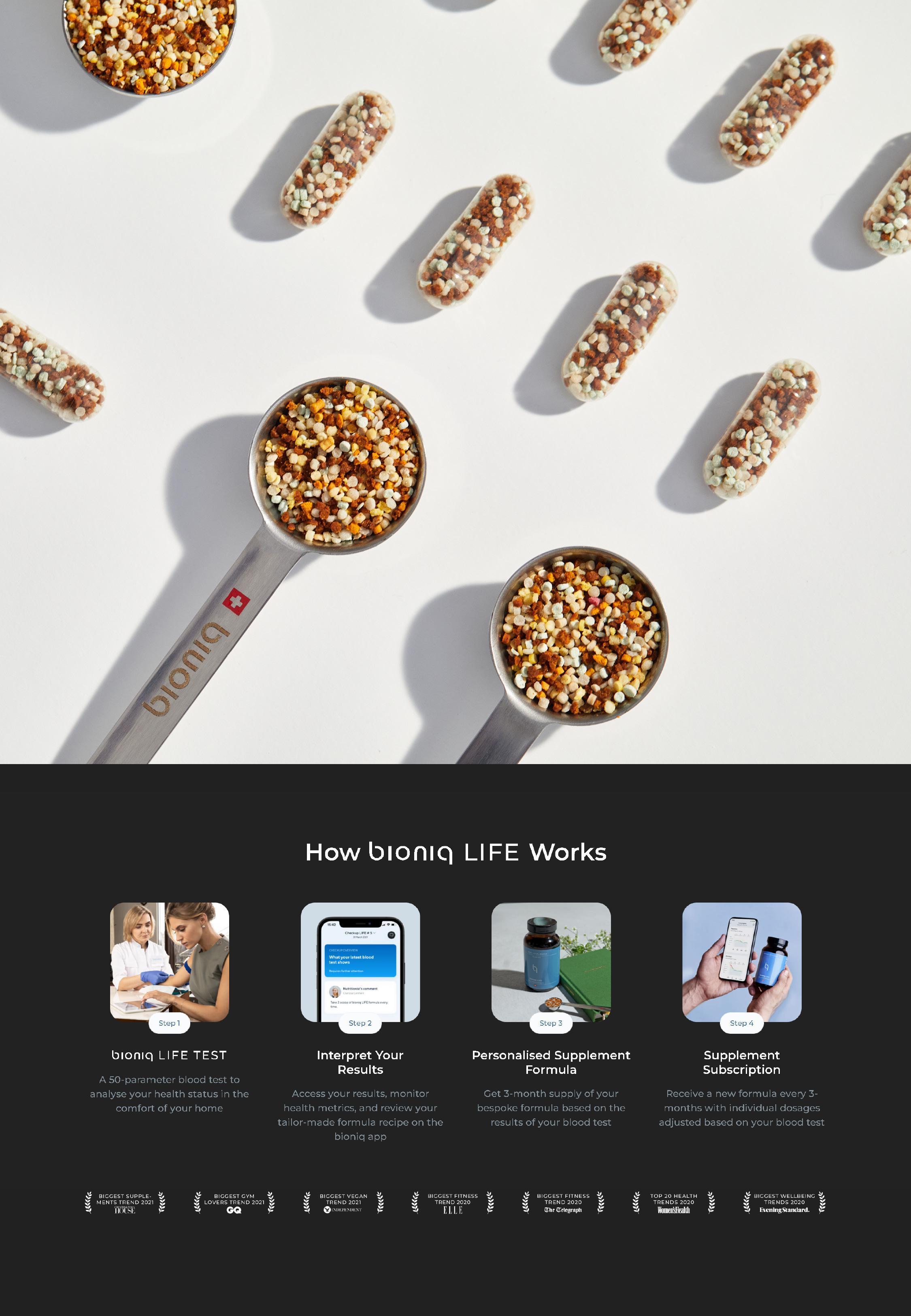
In the world of self-improvement, biohacking, mental health and productivity, nootropics are big news right now
‘Nootropics’ is a broad term for supplements that claim to facilitate better mental function This could mean improving memory and lifting mood, as well as creating better focus and learning skills While people may take nootropics for any of these reasons, their aim is to enhance natural function rather than to treat illnesses or conditions of any kind This makes them a lifestyle supplement and not a medical treatment.
People who take nootropics may do so for a number of reasons, and have specific goals in mind This could range from being more productive at work to reducing stress or simply increasing their enjoyment of life in general. These are not aims that are linked to health problems but are instead more about maximizing our brains’ potential without suffering negative side effects
Nootropics may operate in a couple of different ways, although there is no set definition, and they may be a stimulant or a sedative, for use in different situations For example, if someone wishes to relax more easily and enjoy better sleep, substances including melatonin can help to give the user greater control over their sleep cycles Alternatively, a stimulant such as phenibut can help users to feel more sociable and elevate their mood
In general any supplement that allows the user to have a greater control over their state of mind as
they move through life – whether at work or at leisure – may be considered a nootropic This even extends to working out, and there are some nootropics that are particularly popular with gymgoers for their ability to motivate harder work during training despite the fact that they target only cognitive abilities rather than physical ones.
Devotees of nootropics will often find that there are many complex and personalized ways to factor these supplements into their lives This could include finding out which nootropics to combine for best effect, as well as cycling on and off certain supplements so they retain their potency when used This is in addition to working out the exact frequency and dosage that works for the individual, which isn’t the same from person to person
Before you go out and buy every nootropic you think you might need, it’s important to do your own research into which supplements can be mixed together, which can’t, what dosage is right for you, and to try them out one at a time before you begin to combine them The more insight you can get beforehand, the better, because while they are a huge help to many people there is no standard way to take nootropics
If the concept of nootropics sounds too good to be true it’s worth bearing in mind that they cannot help us to exceed our natural limits Instead, think of nootropics as a potential way to enhance and make the most of our individual abilities, to offset the stresses and burnout of modern life, and to operate at a more consistent and optimal level on a day-to-day basis

For the last 20 years, across a single week from the end of November Miami has become a flashpoint for the global art world to gather.
This international art fair attracts tens of thousands of visitors, including many art collectors, to see a huge range of artworks spanning artists of different mediums nationalities ages and career levels
With a base at Miami Beach Convention Center, the show spreads out all over the city, with activities and events reaching into almost every neighborhood, representing every part of the world, and using every imaginable medium

2022 saw more than 20 international art fairs across more than 1,200 galleries between November 29 and December 4
But what exactly is the history of Miami Art Week? And what can first-time visitors expect?
Miami Art Week s beginnings are far from the coastal sunshine of Florida, in the very different landscape of Basel in Switzerland This historic city on the bank of the Rhine river where the native language is German is the origin of the Miami Art Week we now know
Art Basel is an international art fair which began in 1970 as a joint venture between three gallerists Its first event attracted more than 10 000 art
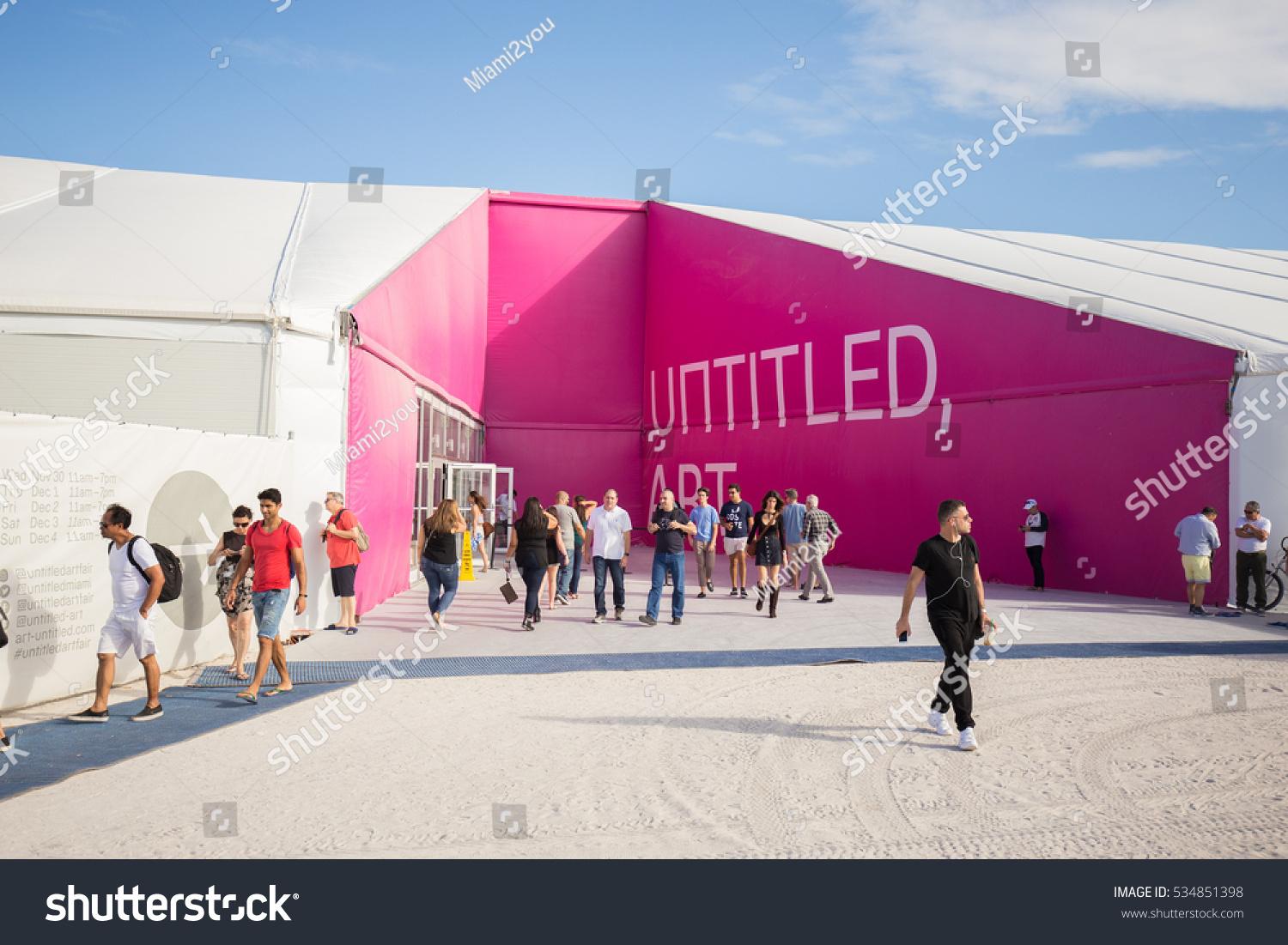
enthusiasts and it ran equally successfully in the intervening years, before expanding to Miami with a new event in 2002
A large part of this decision was based on the number of art collectors who were traveling from Miami to attend the event in Basel.
Among them were Dennis Scholl, who approached Art Basel director Sam Keller with the idea to bring the event to Miami
As part of the process of convincing Sam Keller to make Miami a second base for the event, private collectors threw open their collections –and in many cases their homes – so that VIPs from Art Basel could see just how devoted Miami-based collectors were to contemporary art
The launch of the show was initially planned for 2001, but was delayed due to the chaos caused by the 9/11 terrorist attack in New York Likewise the 2020 in-person event was canceled due to COVID restrictions, but by this time it was possible to hold a virtual version of Miami Art Week, which was created as a replacement
In 2022 for the 20th anniversary (and 18th edition) of the event the crowd was back to its usual level both in numbers and enthusiasm
If you haven’t heard about virtual film production before, you may think it’s something to do with virtual reality, and you wouldn’t be completely wrong.
However, instead of being a headset-based form of entertainment, it’s actually a kind of filmmaking that’s used to make many of the biggest movies we see today.
Traditionally, filmmakers would hire a location scout, find the perfect filming location, travel there with cast and crew, shoot the movie and then edit the resulting footage.
However, with virtual production the only place everyone needs to travel to is the studio, where entire environments are digitally created on a big screen in front of which the cast performs.
There may be real props in the scenes with them, but the background is entirely computer generated, and can be altered at every stage of production.
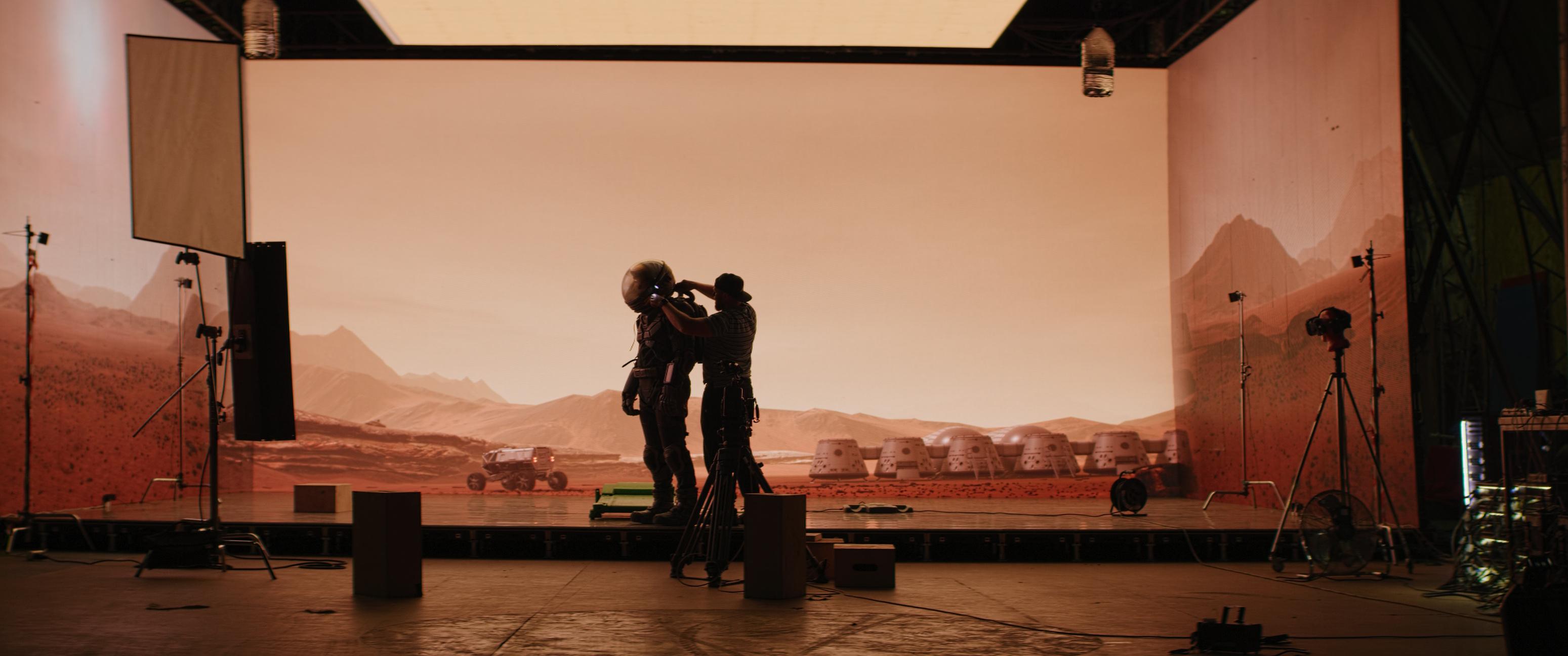
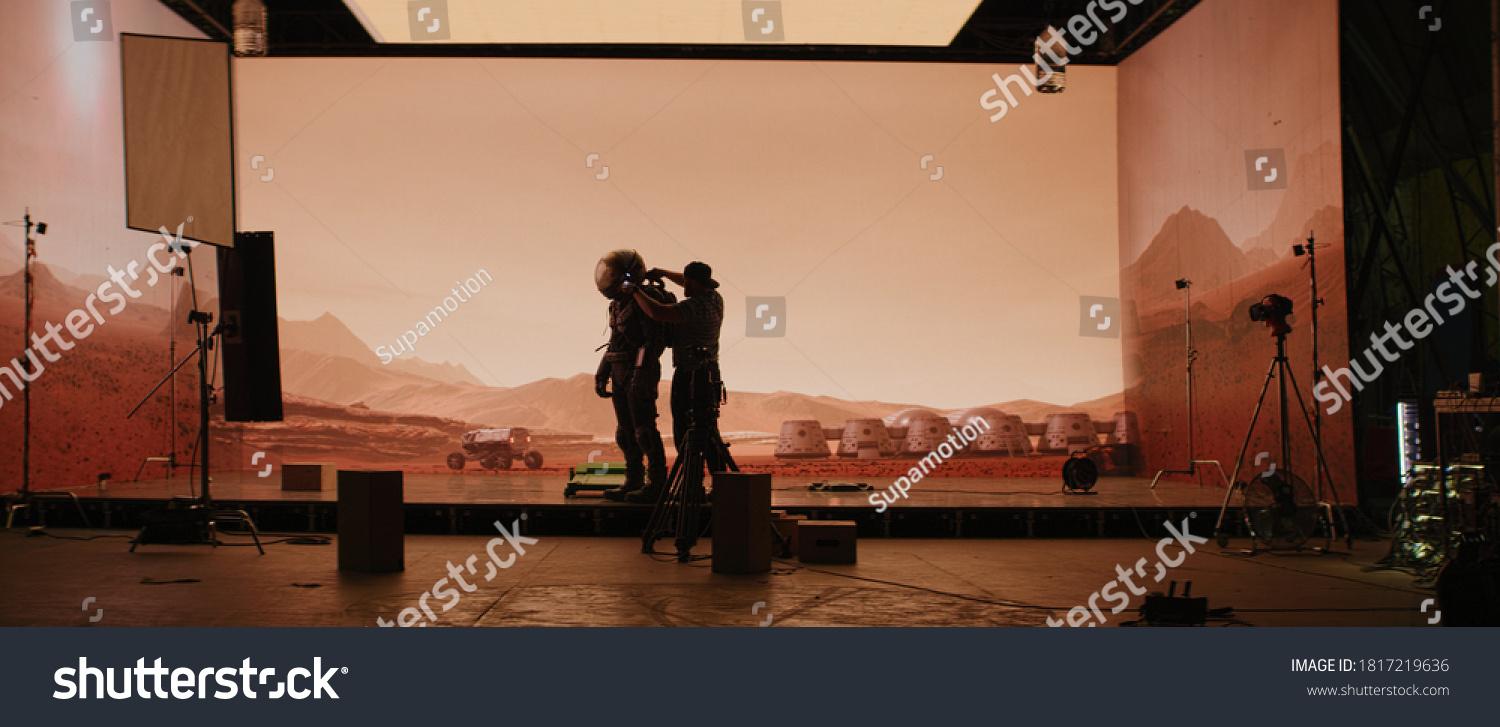
Maybe you’re already thinking that this sounds either an entirely good or entirely bad development, but the truth is much more nuanced according to the industry itself. Let’s look at some of the pros and cons of this new kind of filmmaking.
Needless to say, flying a cast and crew out to different parts of the world to make a film can be expensive It may involve moving between various locations, often between countries, and the travel alone can also impede production time
Not to mention the constraints placed on a production by adverse weather, lighting at different times of day, and any other unpredictable elements that shooting in a real world location may throw up
And then there’s the fact that some films require a location that doesn t actually exist anywhere in the world, instead needing a location that looks real but can only be found in the imaginations of the film’s writers and production team
In all of these cases, filming in a totally controlled environment in a single location, in front of any landscape that can be dreamed up by an artist is a huge blessing to the film industry
And in terms of sustainability, a virtual production with minimal physical assets and international travel will always be the more environmentally-friendly option, helping to cut down on a movie’s carbon footprint
So those are the many pros, but what about the downside? Well, virtual production isn t cheap There are only a few places around the world with the kinds of technology needed to make films this way although that number is growing

On balance virtual production is cheaper in most cases, but it’s still not a low budget option

Each virtual setting must be designed, filmed with specialist equipment, and there s still the issue of gathering the cast and crew to the same location to do it If the nearest available virtual production facility happens to be overseas travel will still be an expense (and an environmental impact) to consider
Then there’s the creative impact Actors who aren’t immersed in their surroundings report finding it more difficult to get into character, without the usual visual cues to respond to
For a very good actor, this may not be noticeable on screen but it certainly poses a creative challenge in which they need to use their imaginations much more
And finally there s the upsetting of the economic ecosystem that surrounds onlocation productions There is an entire invisible industry which exists to support film production, including everything from location scouting to accommodation, catering, driving, concierge services, health and safety and more, often employing local people and companies in each filming location.
On top of that, film locations play a large part in the tourism sector, bringing real world destinations to the attention of the public who may want to visit them either for their movie credentials or for their beauty alone
Without these visiting productions, there is a knock-on effect which removes funding and publicity from locations around the world which would otherwise benefit.
The first country to raise the alarm about COVID, China has been a focal point for the world throughout the pandemic This has chiefly been for health-related reasons
It began, of course, in Wuhan, where various theories about the origin of the virus still circulate but where –nonetheless – the virus is widely acknowledged to have originated
The first confirmed death from COVID was in January 2020 in China, and Wuhan locked down days later China took some weeks to close its borders to travellers leaving the country which has attracted some criticism, but this eventually happened in March 2020
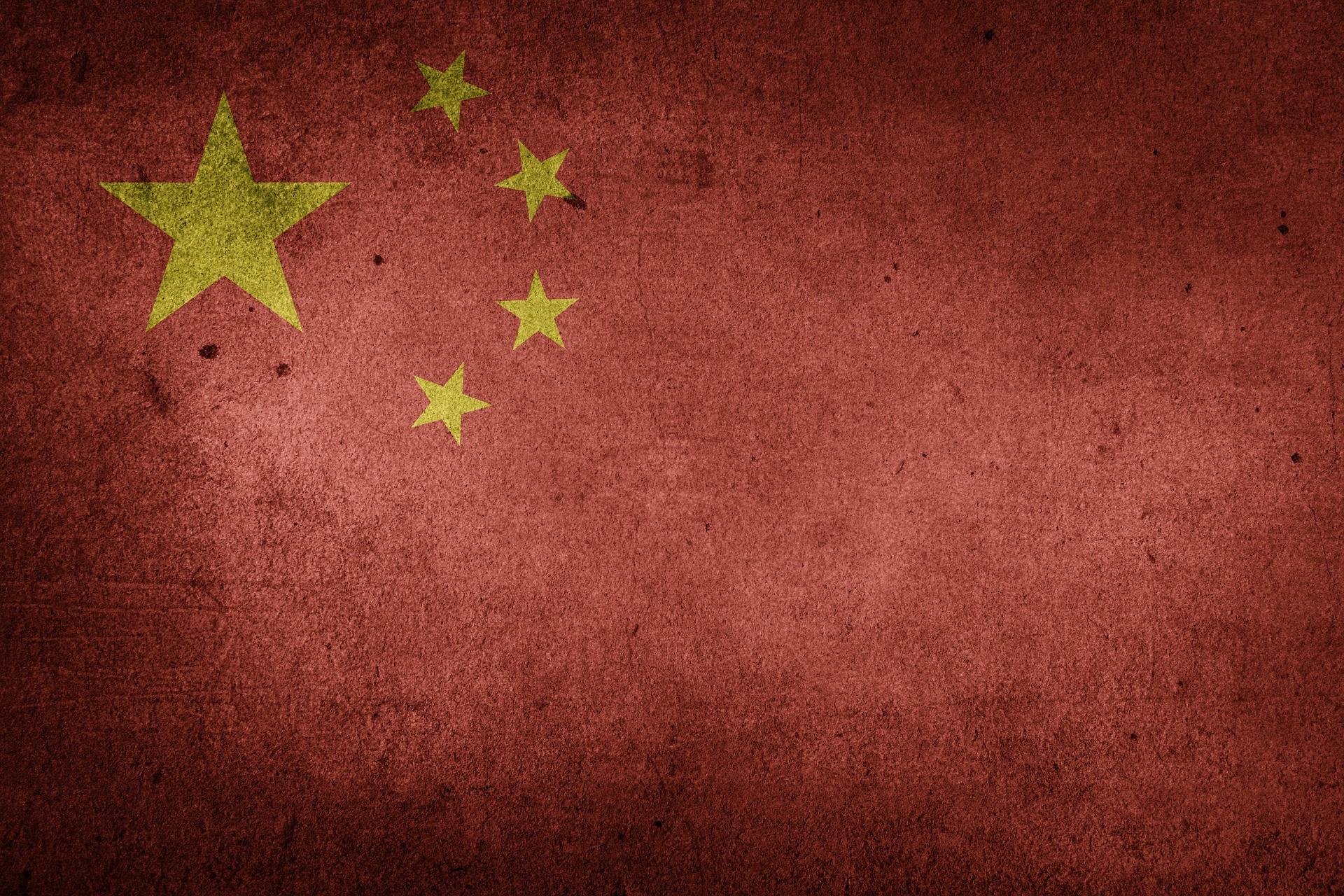
It was China where we saw images on the news of COVID-positive cases being confined to their homes with those around them in full protective clothing in order to care for them
It was also China who released celebratory images of Wuhan's recovery from COVID in late 2020 while much of the rest of the world was in lockdown, with full nightclubs in Wuhan and maskless citizens enjoying themselves
This sparked feelings of both hope and anger from the rest of the world, where restrictions were in full force while common knowledge suggested blaming China entirely for their issues
But the party was somewhat premature at that point, and China would go on to impose very strict regional lockdowns over the following two years in a bid for 'zero COVID'
This is where the economic impact of China's succumbing to COVID made itself known The manufacturing giant of a country had its output strangled by shutdowns and the rest of the world felt the effect
China manufactures everything from parts for manufacturers overseas to entire consumer products and without this flow of exports there have been entire industries that have slowed to a trickle or even a halt as a result
We will never know what finally convinced Chinese authorities to drop their zero COVID approach in December 2022 There had been visible and much-covered public protests in the country with citizens vocally critical of being locked in their homes periodically
But there may also have been other forces at work to lift the lockdowns There will be as many relieved members of international business community as there are Chinese citizens right now, as the titan of the global consumer products supply chain rumbles back into action
his interesting career path to get there.
We know you’ve had a very varied career. Could you give us an overview of your career path to date?
I did not study film I’m an economist by studies but I'm passionate about literature and writing. Hence I wrote a story, ‘just because’, but I was convinced I needed to make it a film I decided to learn step by step how to produce a film and 6 years later I saw it on the big screen It became a very successful film in Mexico. With the income earned, I opened my production company and since then produced 13 movies, in several languages
What did you learn about audiences and filmmaking during your time operating a cinema chain? This is not something many people who work in filmmaking get the chance to do, so we wonder if it gave you some additional insight that influenced you as a filmmaker.
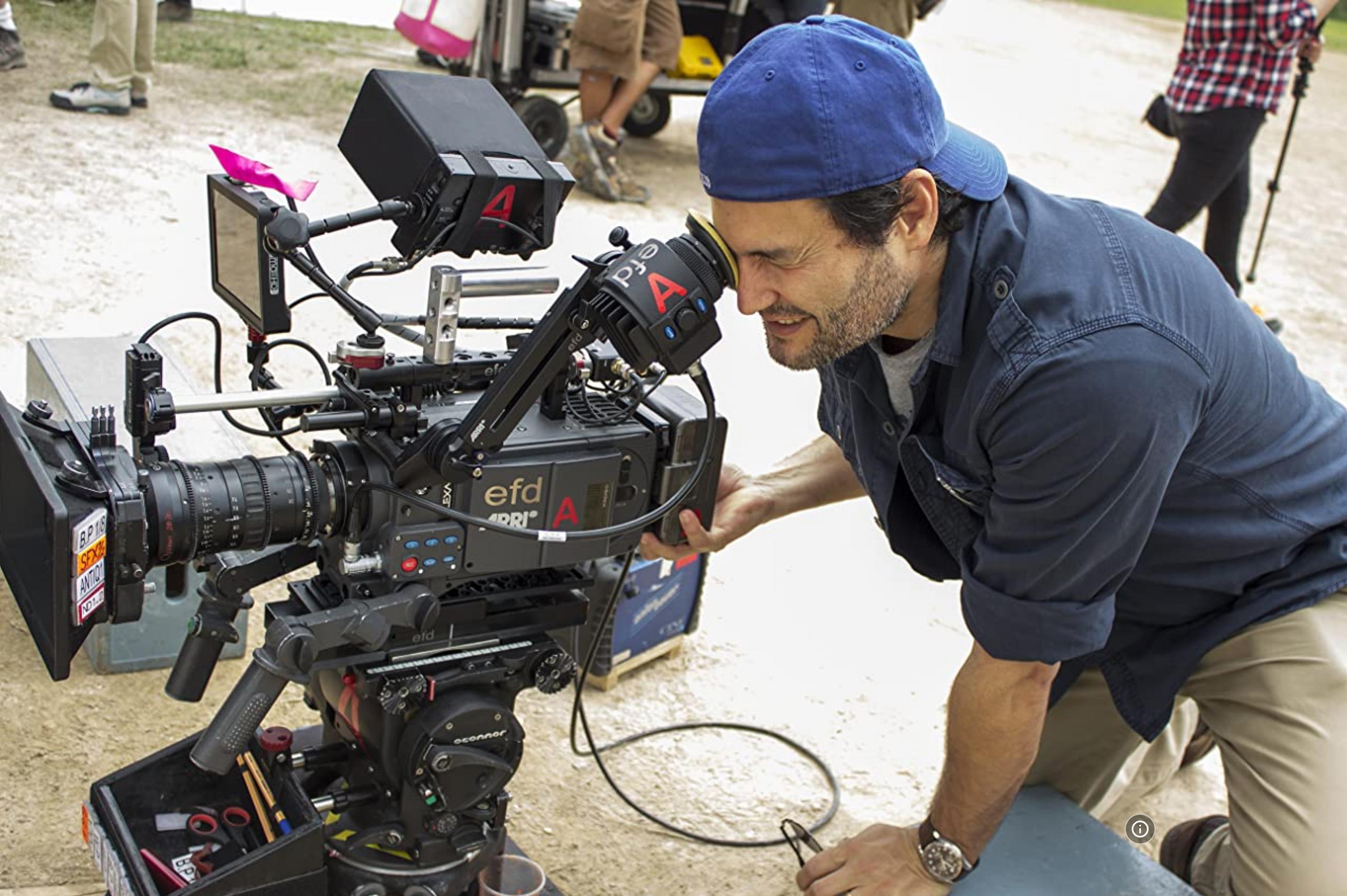
It did, primarily that people of all ages and socioeconomic backgrounds truly enjoy the movie-going experience Because of that experience, I’ve always been certain that sooner or later people will want to go out to live that theatrical experience, and that influenced my business plan when I decided to do movies
Furthermore, I noticed that the audience would show up more to movies that were inspiring, healthy entertainment That was important in the kind of films I decided to make
Could you give some examples of some of the weirder or more surprising things you've had to do as part of your job that people may not think of when they imagine what being a film producer is like?
Well the fact that the producer at the end of the day is the main component of the film. For example, as producer, I technically ‘hired’ a director named Martin Scorsese, or an actor named Robert DeNiro or Tom Hanks or Liam Neeson Of course they are major talents that move on their own, but technically and legally the producer hires them to do a job That kind of made me smirk
Could you describe your experience on the first film project of any kind that you ever took part in?
It was my first Mexican film based on the story I wrote It was the most special work I had done did it without much money, with a cast and crew that worked for practically nothing, but believing in the story It was magical in so many ways and the results showed It became the highest grossing film in many years and won film of the year and, to punctuate this even more, it was a very inspiring film with a very positive message proving again that audiences really enjoy that
Do you have any examples of things that surprised you about working within the Hollywood machine? And were there things you anticipated that turned out to be absolutely correct?
To be honest, two things surprised me the most: 1 How professional and good people some of the top talent are (Tom Hanks Liam Neeson Martin Scorsese Mel Gibson) All true gentlemen and greatly professional and in general really good down to earth people
2 But the rest of the Hollywood machinery is incredibly toxic I would say even evil Vanity and greed prevail in so many layers. And most of all, hypocrisy I quickly realized that and tend to avoid it as much as possible
Regarding a couple of comments you've made on social media about woke films not making waves at the box office, do you think Hollywood itself should be trying to set any kind of social or political agendas?
I’m convinced Hollywood has an ‘agenda’ They in general try to insert subject matters that align with their ‘woke agenda into stories that have nothing to do with that matter When they do that the results are evident: the audiences really don't buy it
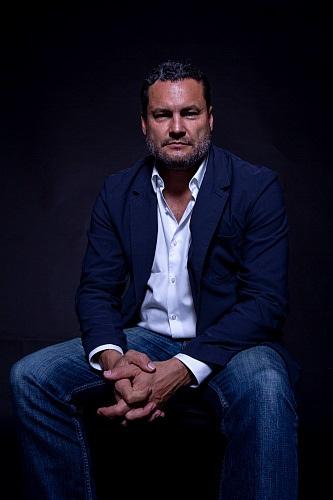
Fortunately, there does exist top talent, such as Scorsese or Mel Gibson (just to name a couple of the ones I’ve worked with) that don't participate with this They focus more on their story, pure stories that reflect their realities
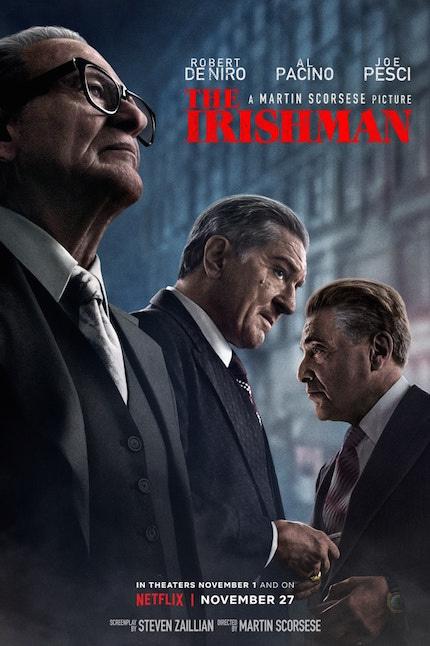
And again the results are evident Woke agenda and the pressure to use it does not work And I believe the industry as a whole is realizing that and starting to step away from it
At the end of the day, the story is what counts And as a producer, we must take care of the purity of the story, without ceasing or bending into agendas that don't align with the story
A bonding over faith with Martin Scorsese seems to have played a big part in your working on silence. How do you feel faith is viewed when working in Hollywood?
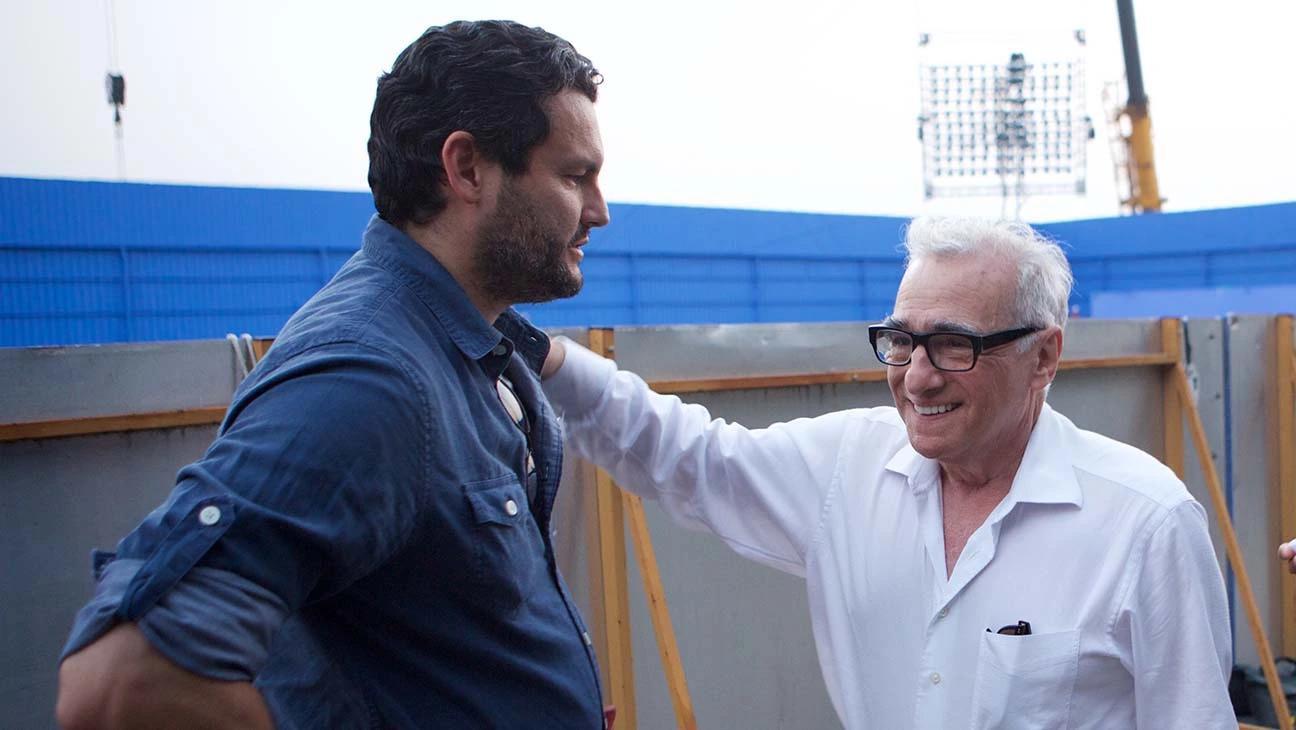
It's an uphill battle for those of us who are faith based There is a strong anti-religious stance in Hollywood particularly regarding all that is Christian and more specifically Catholic
However, progress has been made because top talent has embraced faith based stories and they have often been very successful. But in general, yes, Hollywood is anti-faith, anti-religious, anti-Catholic
What professional dreams of yours have you already achieved by now that you always hoped you would have the chance to do?
To be able to produce important films for the world audience that align with my beliefs Silence, The Professor and the Madman, and practically all films I’ve made align perfectly with my beliefs
What is a dream project that you have not yet worked on and hope to someday?
A musical (I'm a sucker for a good musical) and a film related to the Cold War (I feel not enough has been done in that category).
I would also add a western, being a Clint Eastwood fan and btw for my next projects I'm working precisely on these three genres
Along with the rest of the world, we at Alea Global Group are celebrating the end of 2022 and the beginning of 2023 in the hope and expectation that the world is now on a fast-track to improvement
As a family office with in-person networking events at the core of what we do, we have really felt the lack of real world interaction with our global network of families
We also know that those families have missed the interaction with each other, and have missed having the kind of valuable conversations with businesses and service providers that can change their direction of travel
With that in mind, our 2023 series of events is set to be our best yet; a return not to our prepandemic form, but to an even greater level of excitement, ambition, and value for the families and businesses we work with
Throughout the entire year we will be hosting exciting events around the world with renewed vigour, including our regular two-day regional family office investment summits to one-day Alea Sessions events addressing emerging ideas as they arise
We will also mark our 10th edition of the Middle East Family Office Investment Summit
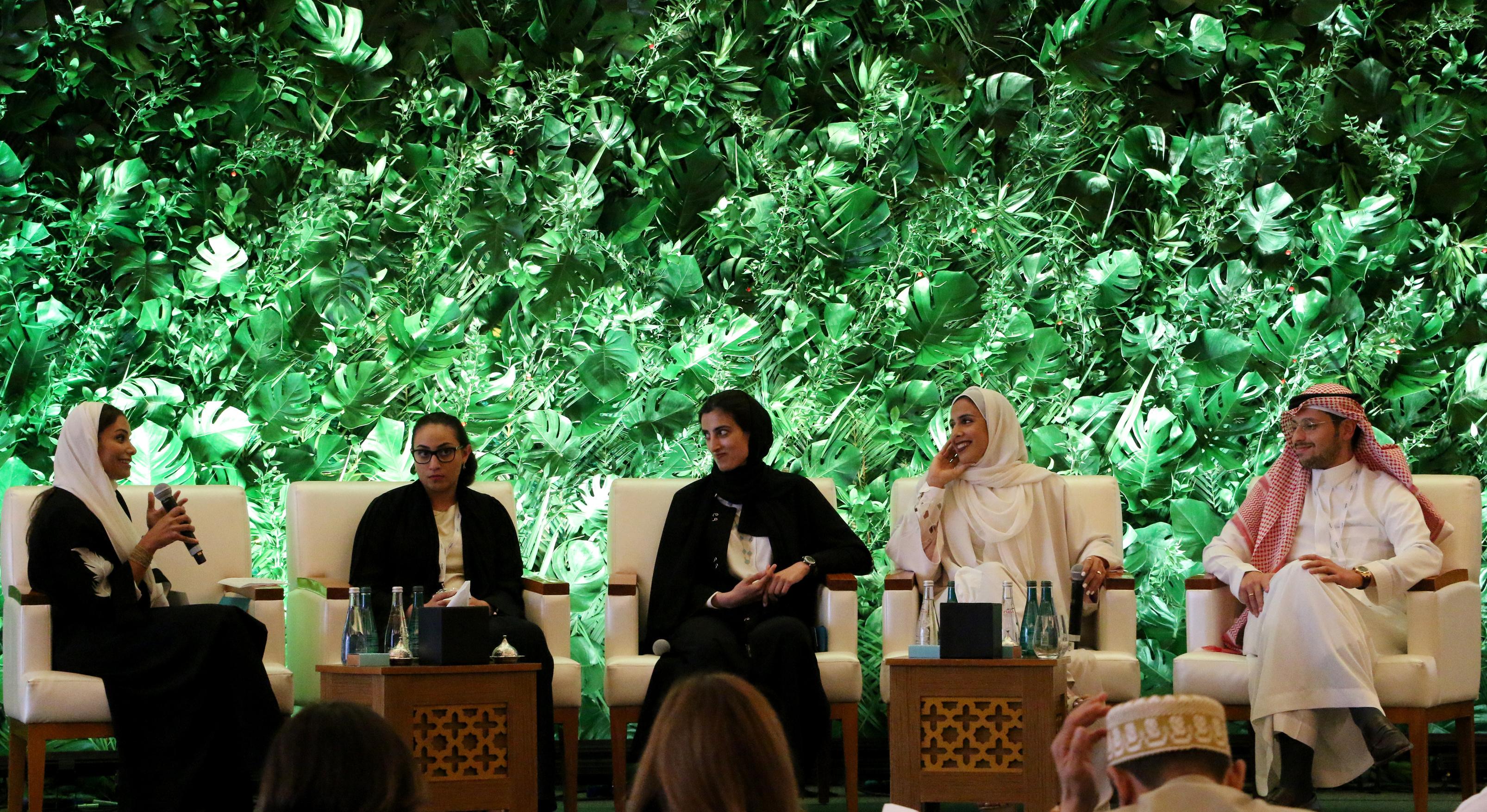
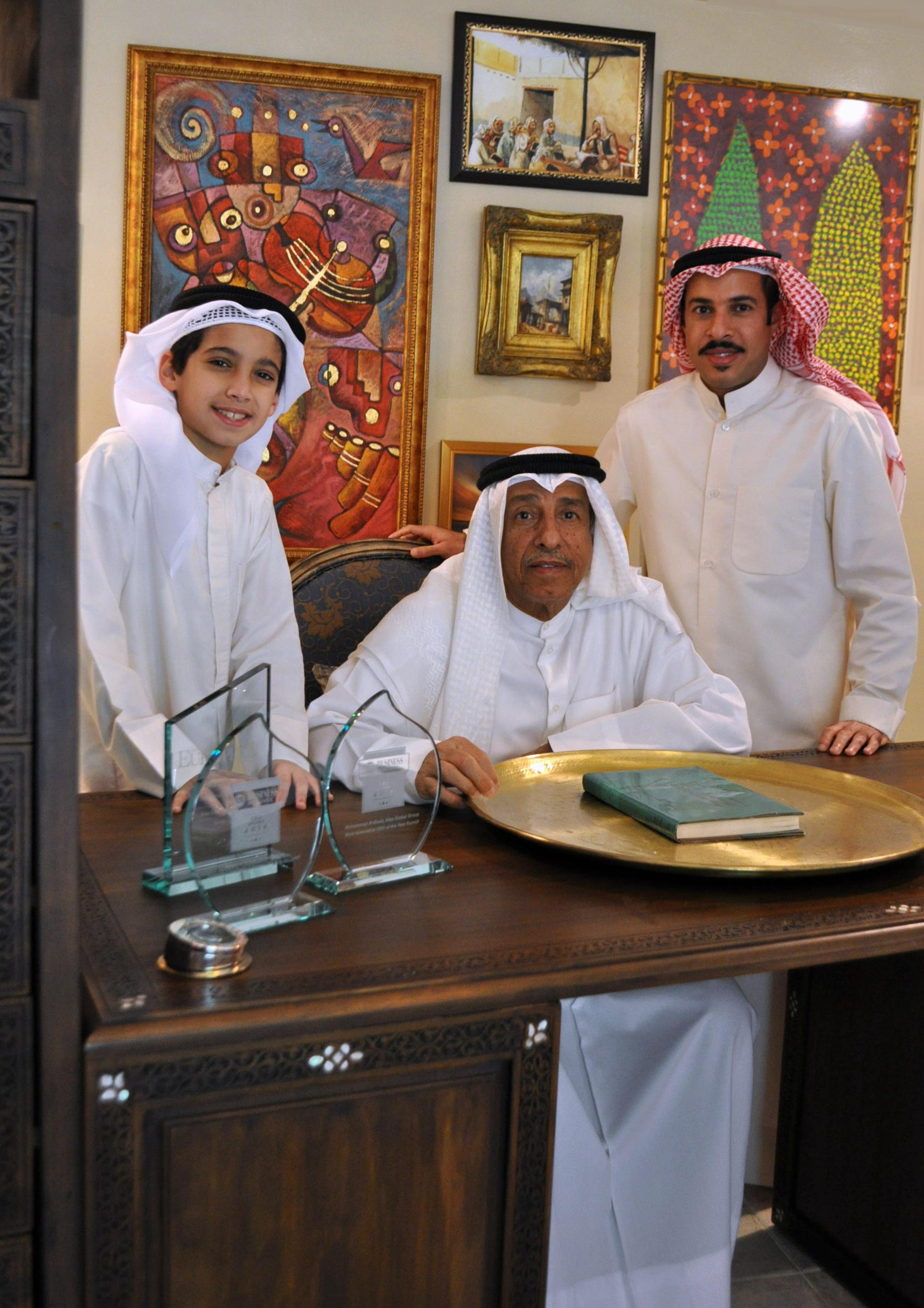
This year's Summit will be a glorious 10th edition celebration bringing together the best speakers to discuss a broad and targeted variety of topics
Invitations will be sent to the region's most wellrespected family offices, and we will welcome them with an unprecedented level of hospitality to mark the occasion
To find out more about our events in 2023, visit aleaglobalgroup com


 Published by
Published by